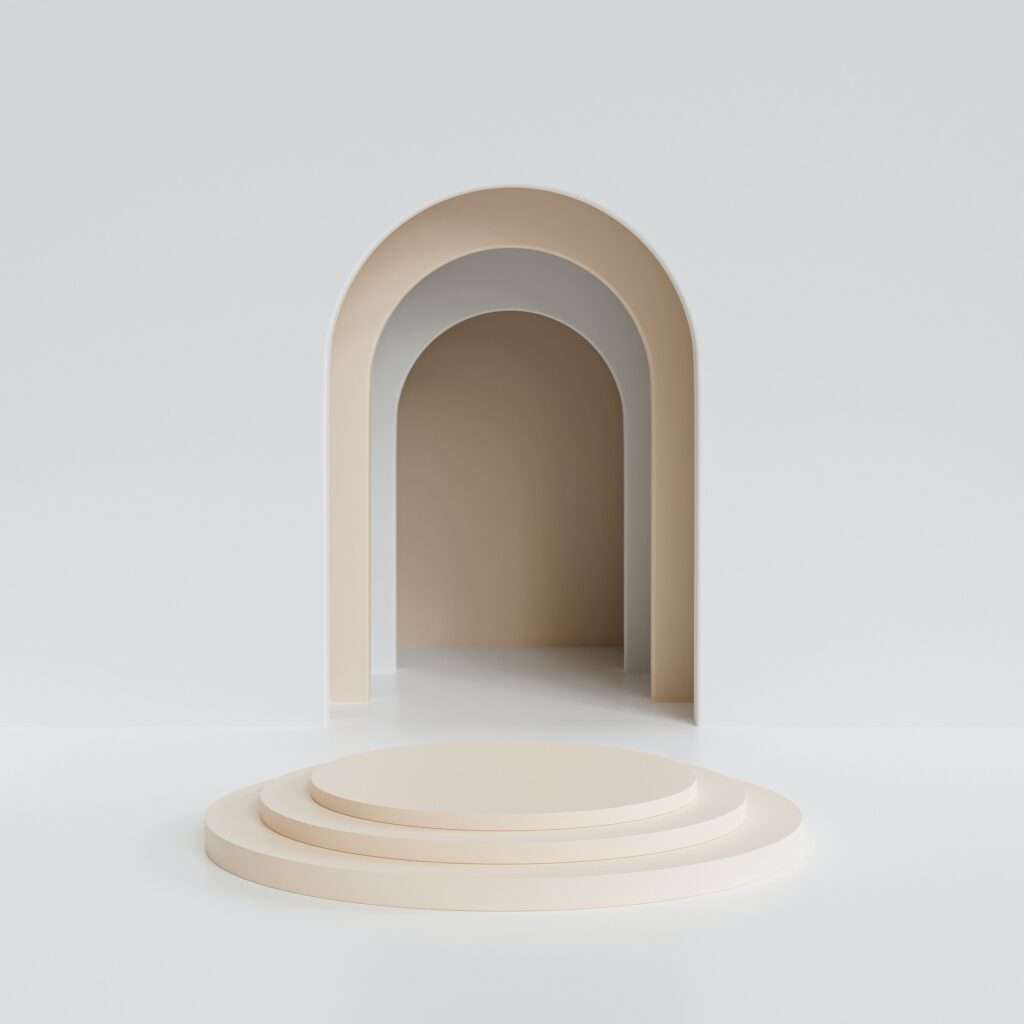3D printing has revolutionized the manufacturing and design industries. According to an article by Forbes , 3D printing has enabled manufacturers to create complex geometries and intricate designs that were previously impossible to produce using traditional manufacturing methods. This has led to a reduction in production costs, as well as an increase in product quality and customization.
In addition to manufacturing, 3D printing has also impacted the design industry. According to an article by The Balance Small Business, 3D printing has made it easier for designers to create prototypes and models of their designs. This has enabled designers to test their designs more quickly and efficiently, leading to faster product development cycles and reduced time-to-market.
The impact of 3D printing is not limited to manufacturing and design. According to an article by TechRadar, 3D printing is also being used in the medical industry to create prosthetics, implants, and other medical devices. The article highlights how 3D printing has enabled doctors and researchers to create custom-fit prosthetics that are more comfortable and functional for patients.
How Does 3D Printing Work?
Steve Jobs
There are several types of 3D printing technologies, including fused deposition modeling (FDM), stereolithography (SLA), and selective laser sintering (SLS). FDM is the most common type of 3D printing technology, which works by melting a plastic filament and extruding it through a nozzle to create the object layer by layer . SLA uses a laser to cure liquid resin into solid layers, while SLS uses a laser to sinter powdered material into solid layers .
The materials used in 3D printing vary depending on the type of printer and the desired outcome. Common materials include plastics, metals, ceramics, and even food.

Overall, 3D printing is an innovative technology that has revolutionized various industries. By enabling manufacturers to create complex geometries and intricate designs that were previously impossible to produce using traditional manufacturing methods, 3D printing has led to a reduction in production costs, as well as an increase in product quality and customization.

Wrap Up
3D printing has had a profound impact on various industries, including manufacturing, design, and healthcare. By embracing this technology, companies can unlock new opportunities for growth and innovation.




